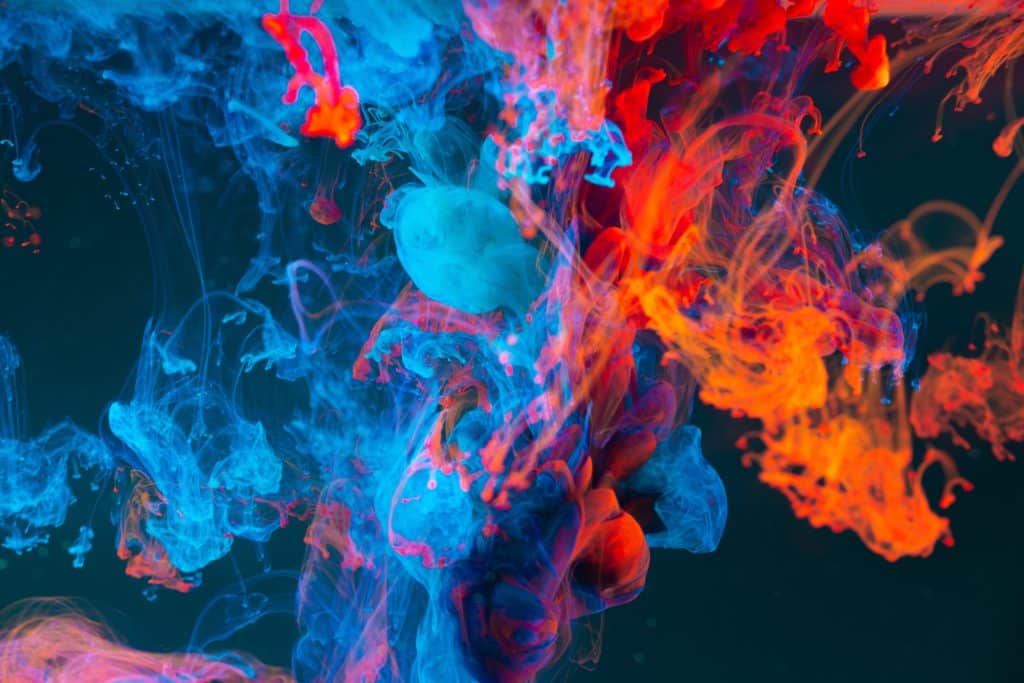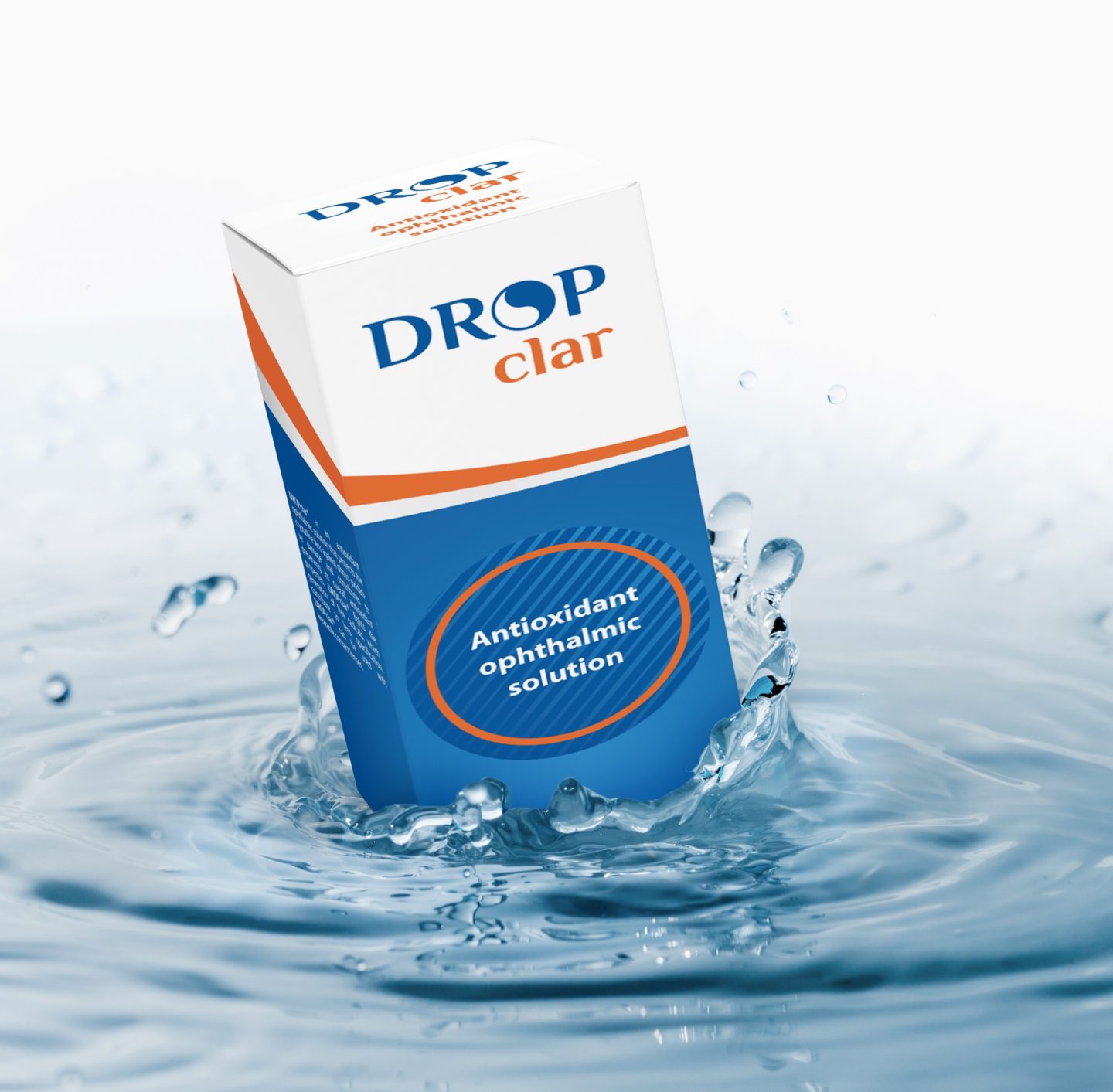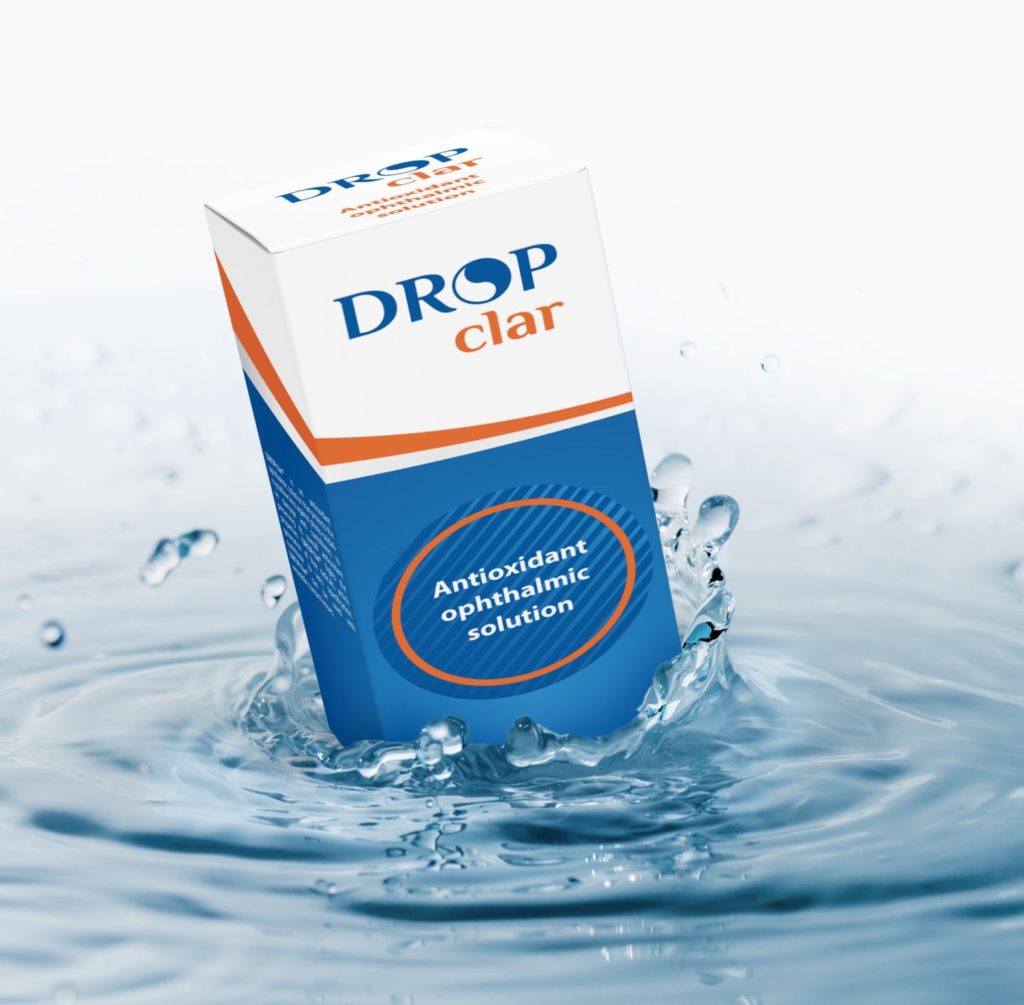
Unique and patented antioxidant ophthalmic solution that protects the crystalline lens from photo-oxidative damage.

DROPclar® is an antioxidant ophthalmic solution that protects the crystalline lens from photo-oxidative damage. It contributes to the maintenance of its Total Antioxidant Capacity, and counteracts the formation of free radicals, responsible for the opacification of the crystalline lens, thereby preserving lens’ transparency. DROPclar® can be used by contact lens wearers.
The crystalline lens is particularly susceptible to oxidative damage. It is known that the crystalline lens is equipped with a valuable antioxidant defense system that maintains its transparency. The lines of defense are both enzymatic (SOD, CAT, and GSH-Px peroxidase) and non-enzymatic (ascorbic acid and GSH), responsible for maintaining the levels of alpha-tocopheryl and TAC (total antioxidant capacity) sufficient to protect the crystalline lens from photo-oxidative damage. Exposure of the lens to the photo-oxidative insult causes peroxidative damage to membrane lipids, resulting in increased levels of MDA (Malondialdehyde). The further consequence of this damage is the formation of free radicals, which activate enzymatic (SOD, CAT, and GSH-Px peroxidase) and non-enzymatic reactions, resulting in cross-linking and aggregation of proteins, phenomena responsible for the opacity of the lens.
The table below shows the effects of photo-oxidative damage in the crystalline lens exposed to UVR are shown. Clinical studies have shown that there is a significant decrease in antioxidant markers of the lens, such as α-tocopheryl and TAC (Total Antioxidant Capacity) and a concomitant marked increase of MDA (Malondialdehyde) in animals in the group subjected to the photo-oxidative insult without the administration of the topical antioxidant solution, compared to the non-irradiated control group.


In the groups exposed to the photo-oxidative insult for 30 and 60 minutes, treated with the antioxidant formulation, the following changes in markers are recorded:
The results of the study show that the antioxidant formulation tested is a valid response to photo-oxidative damage, thanks to its effectiveness in preventing the stress induced by UVR radiation in the animal model in vivo.

Vizzarri F, Palazzo M, Bartollino S, Casamassima D, Parolini B, Troiano P, Caruso C, Costagliola C. Effects of an antioxidant protective topical formulation on eye exposed to ultraviolet-irradiation: a study in rabbit animal model. Physiol Res. 2018 Mar 12.[PDF]
MANUFACTURED BY:
Iromed group S.r.l.
Via Tempio del Cielo, 3/5
00144 Rome (ITALY)
Phone: +39 06 92595490
Fax: +39 06 89360010
Email: [email protected]
[email protected] Tel. +39 06 92595490 Fax +39 06 89360010 Certified email [email protected]
Raffaella Broccardo | [email protected]
Marco Maria Fedeli | [email protected], [email protected]
Edoardo Menna | [email protected] Tel. +39 337 113 84 07
Rosaria Tremamunno | [email protected] Tel. +39 348 991 4487
Andrea Napolitano | [email protected] Tel. +39 329 4757978
Silvia Assogna | [email protected]
Carmine Pontecorvo | [email protected]
Carmine Pontecorvo | [email protected]
Fabrizio Pieralisi | [email protected], [email protected]